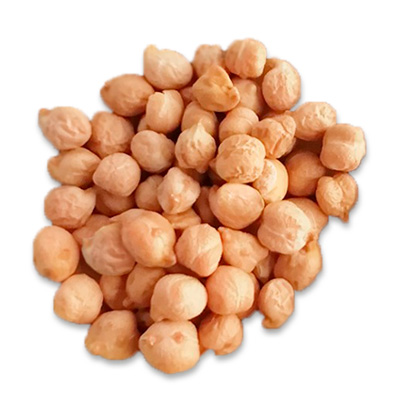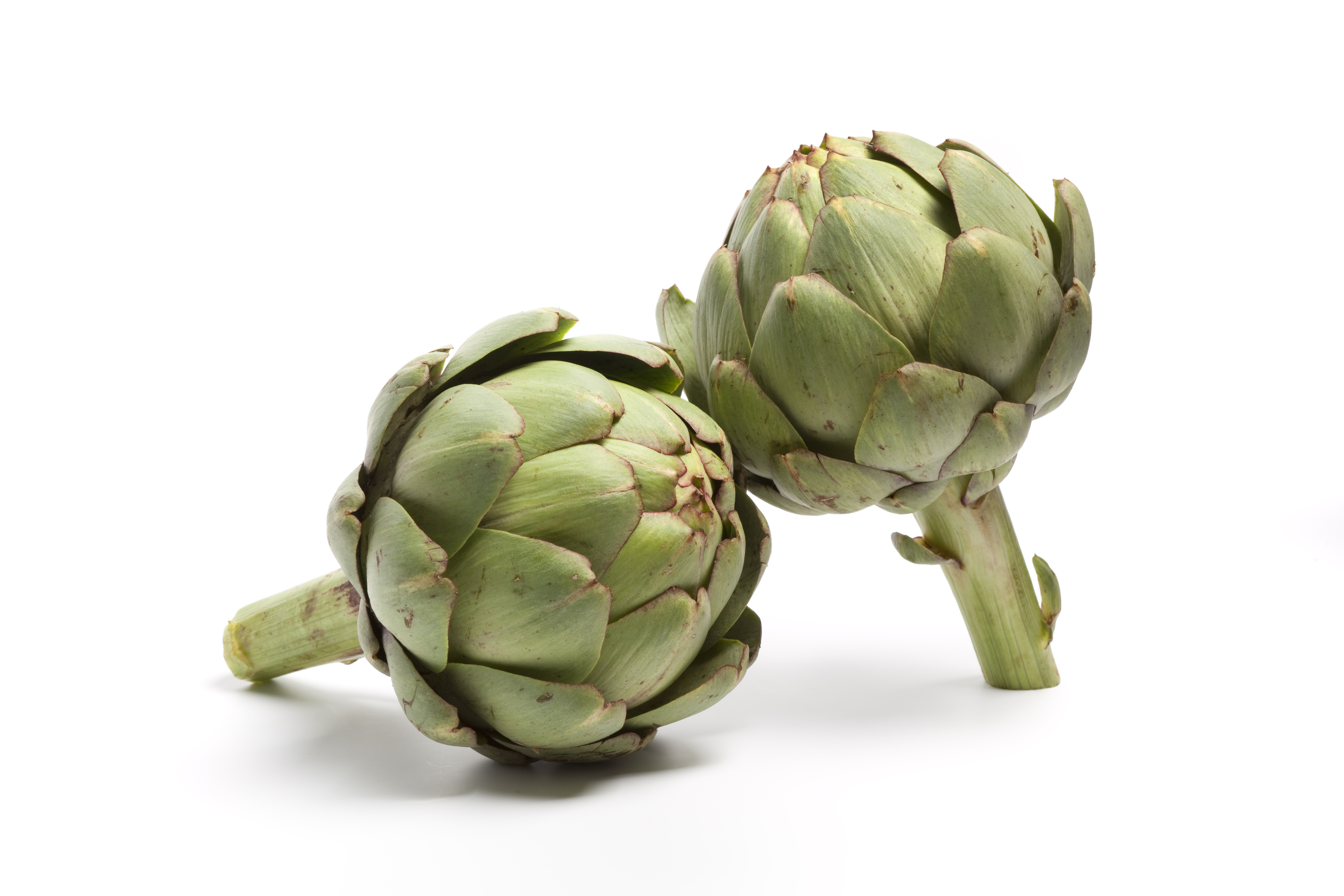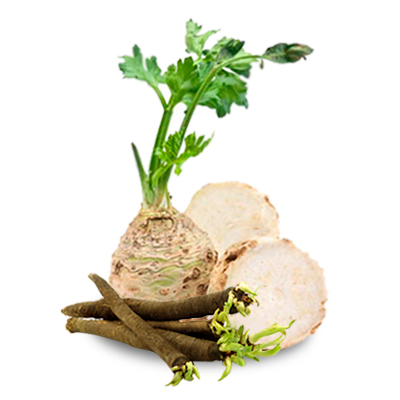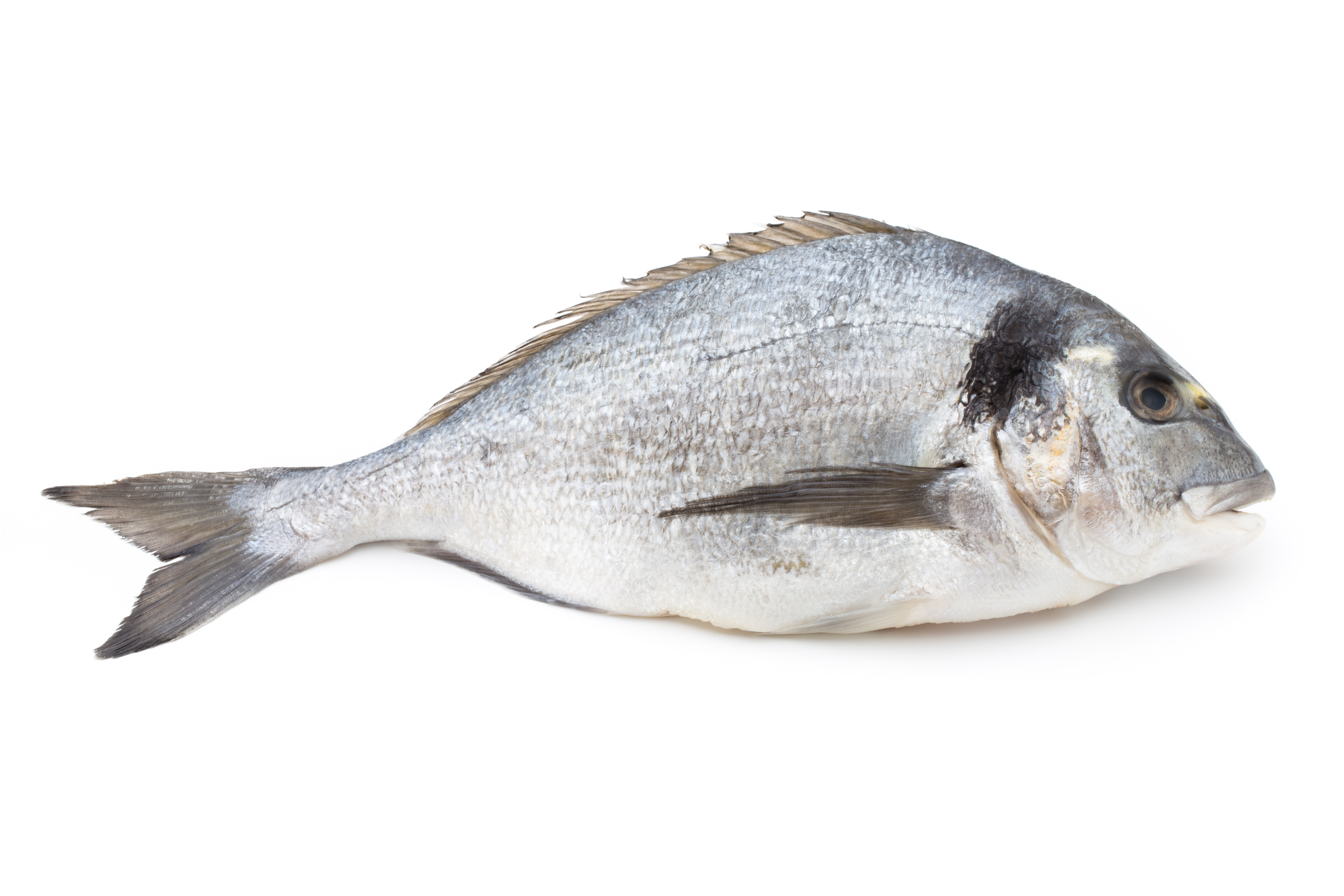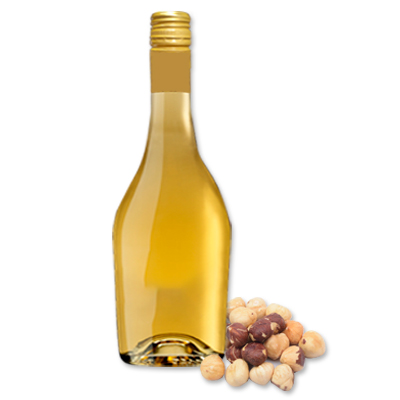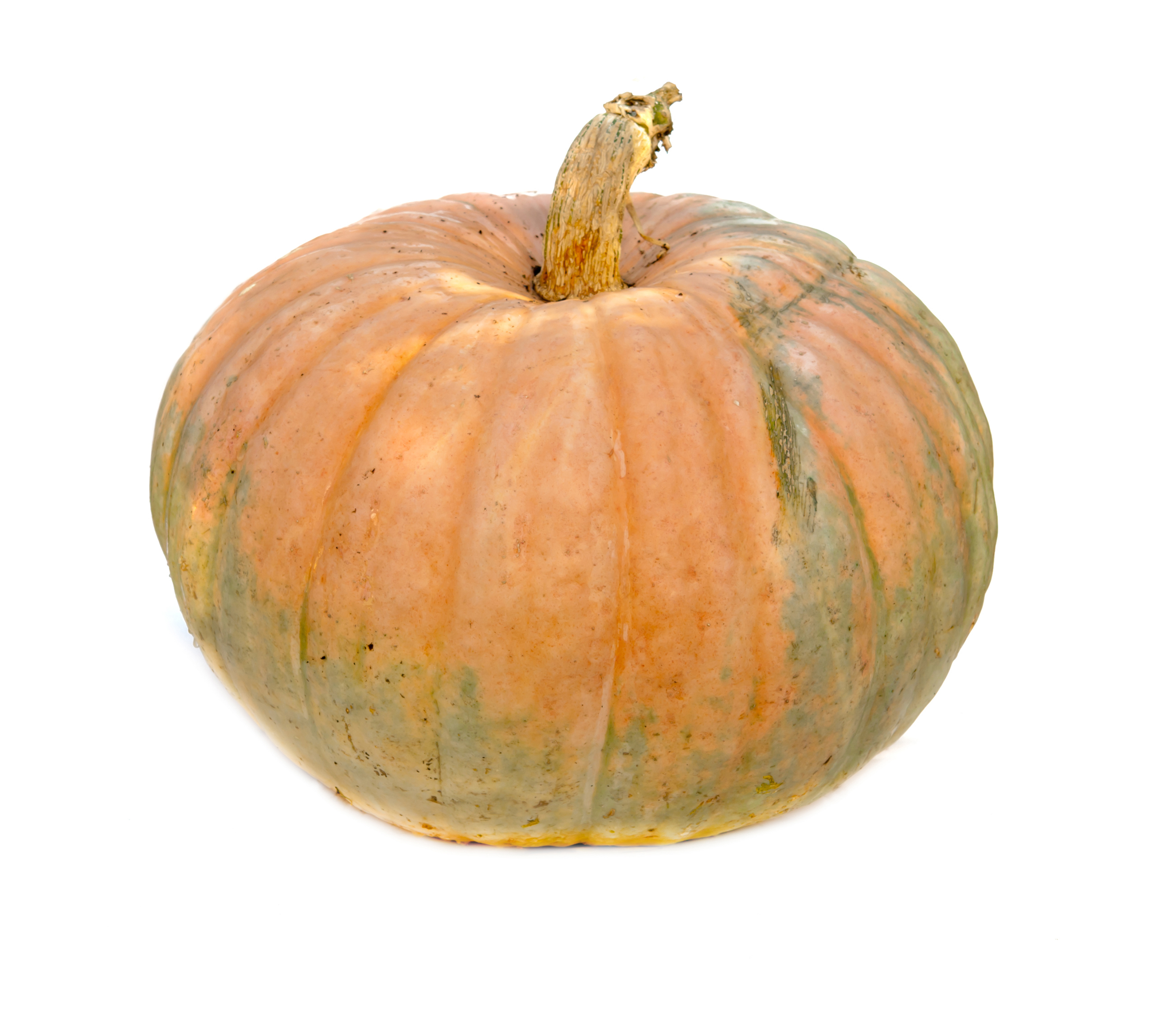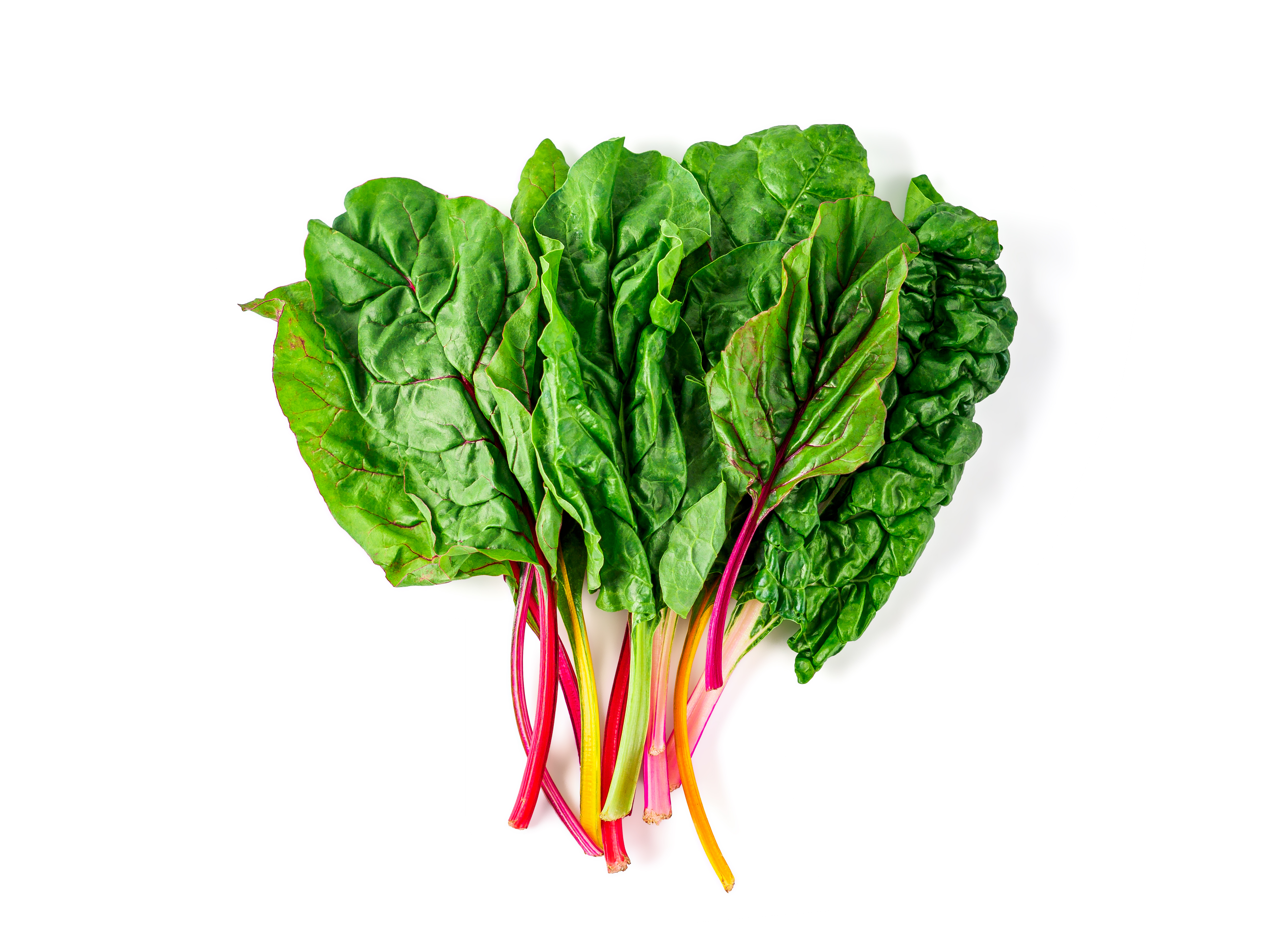Catalana chicken
Catalana chicken is a local product. The chickens are raised in the Parc Agrari del Prat de Llobregat, very close to the city of Barcelona. This is one of the few breeds of chicken that are native to Catalonia that hasn’t been cross-bred over the years.
-
They’re raised in the open air, under good conditions with plenty of space to roam, and they live in coops where there are less than eight birds per square metre of inside space. They have intensely red plumage, and are often called ‘pota blava’ because of their unusual dark blue legs. These chickens are fed on 100% cereals and plants, and their flesh is tender and aromatic. They are only considered ready for the table after a minimum of 90 days, and are never fed products designed to stimulate growth or fatten them up quickly.
-
In shops and markets you’ll see that each chicken has a numbered label that carries the European PGI (Protected Geographical Identification) stamp.
-
As chicken dishes are usually served with vegetables, they’re generally very well-balanced. And chicken contains high biological value proteins.
-
This chicken has the strong, slightly nutty flavour that chicken used to have in days gone by.
Three ways of cooking chicken
- With artichokes: Locally grown artichokes are an ideal accompaniment for this locally produced chicken.
- In a paella: Chicken is a fundamental part of many paella recipes.
- In a surf and turf dish: One of the most emblematic surf and turf dishes in Catalan cuisine has to be chicken with prawns or crayfish.
-
The custom of using every single part of the chicken has survived up to the present day. It’s traditional to eat cannelloni on Boxing Day, for example, to use up the chicken that’s left over from Christmas dinner. Chicken can be roasted or spit-roasted, fried, stuffed, grilled, and so on. Carcasses can be used for making stock, and the remaining scraps of meat clinging to the bones can be made into croquettes, or other dishes. Offal can be sautéed, stewed or used to make arròs de colls i punys, a traditional rice dish.
Leftovers can form part of all sorts of different recipes that call for shredded meat, such as Mexican burritos or a perhaps a Peruvian causa a la limeña, or eaten cold in salads.



